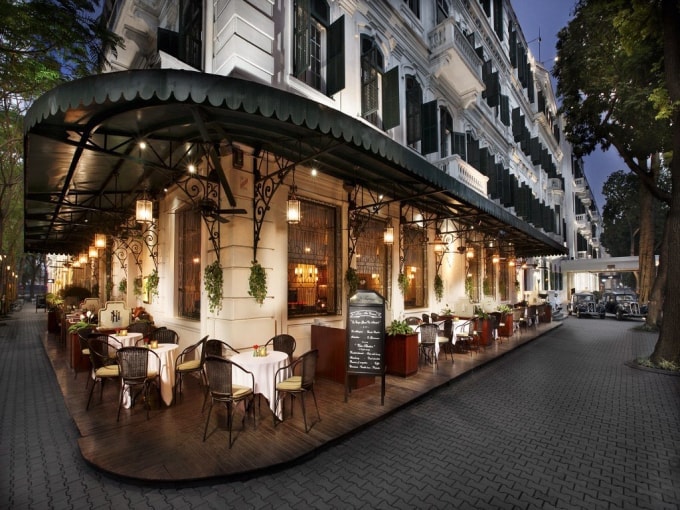
The Metropole Hotel sits on a corner in the heart of Hanoi’s Old Quarter, standing out with its bright white paint and glossy black shutters. When guests arrive at the French colonial-era building, they are greeted by staff dressed in silk ao dai.
During the war, the hotel was one of the few accommodations in Vietnam allowed to receive international visitors. Many famous politicians , journalists and artists have stayed here, including French presidents Francois Mitterand and Jacques Chirac, writer Graham Greene, actress Jane Fonda and comedian Charlie Chaplin. In 2019, the Metropole hosted President Donald Trump and North Korean leader Kim Jong Un for a summit.
Today, in the main lobby, visitors will see portraits of these celebrities hanging everywhere, as a silent but luxurious introduction to the hotel's history.
That's the surface. Beneath the hotel's tiled floors, which many visitors describe as "elegant," is a mysterious basement that holds the past from the anti-American resistance war in Vietnam.
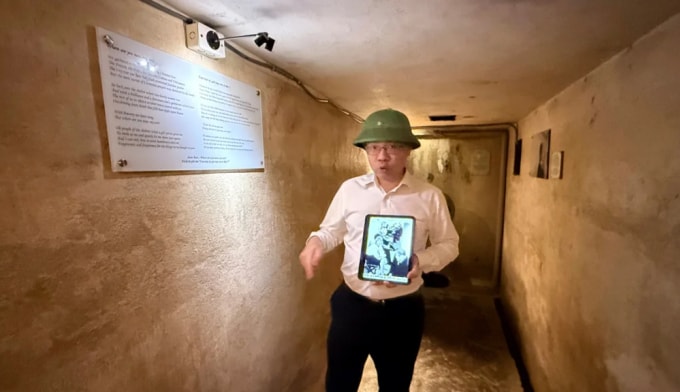
The Metropole opened in 1901, when Vietnam was under French control. The hotel has gone through several owners, changing its name to Thong Nhat Hotel in 1950. Today, the hotel's full name is Sofitel Legend Metropole Hanoi.
In 1965, the hotel built an underground bunker where guests could take shelter during US air raids. According to manager Anthony Slewka, the bunker could accommodate up to 100 people and was divided into four rooms with two entrances.
After the war against the US, the bunker was forgotten until 2011, when a contractor renovating the hotel discovered it. Currently, the hotel offers two tours of the area daily for guests, at 5pm and 6pm.
While in the bunker, visitors can see the light bulbs and other furnishings that have been preserved in the rooms for many years. Everyone will listen to the song "Where Are You Now, My Son" by Joan Baez, which she recorded while staying at the hotel.
Baez spent time in the bunker during her visits to Vietnam. Witnessing the human impact of war led her to become a peace activist.
Today, visitors to Hanoi who want to learn more about the anti-American resistance period, in addition to the Metropole Hotel, can visit Hoa Lo Prison, where American prisoners of war were held, including the late Senator John McCain. Currently, Hoa Lo Prison has been converted into a multimedia historical museum, with many English documents to serve international visitors.
In addition, visitors can visit the Vietnam Military History Museum, the largest museum in the country after it officially opens in late 2024. The outdoor area displays aircraft, tanks, missiles and artillery used by the US military during the war. The Ho Chi Minh Mausoleum is also a destination that visitors to Hanoi should visit.
Metropole Hotel manager Slewka said that the largest group of guests staying here are Americans. Some of them are veterans who want to come back and visit Vietnam again. In addition, many young American tourists come to Vietnam because they are interested in the cuisine, culture, and landscape.
According to the National Tourism Administration, the United States is one of the 10 largest markets for international visitors to Vietnam and the largest outside of Asia. Currently, tours of the Metropole’s underground tunnels are popular, but Slewka said most of the questions from visitors are not just about the structure of the building. “Most of them want to know if the Vietnamese like the Americans here,” Slewka said.
Slewka, born in the US and raised in Canada, always gives the same answer: "Vietnamese people always look forward. They look to the future."
HQ (according to VnExpress)Source: https://baohaiduong.vn/can-ham-bi-an-duoi-khach-san-ha-noi-khach-my-muon-ghe-tham-410625.html




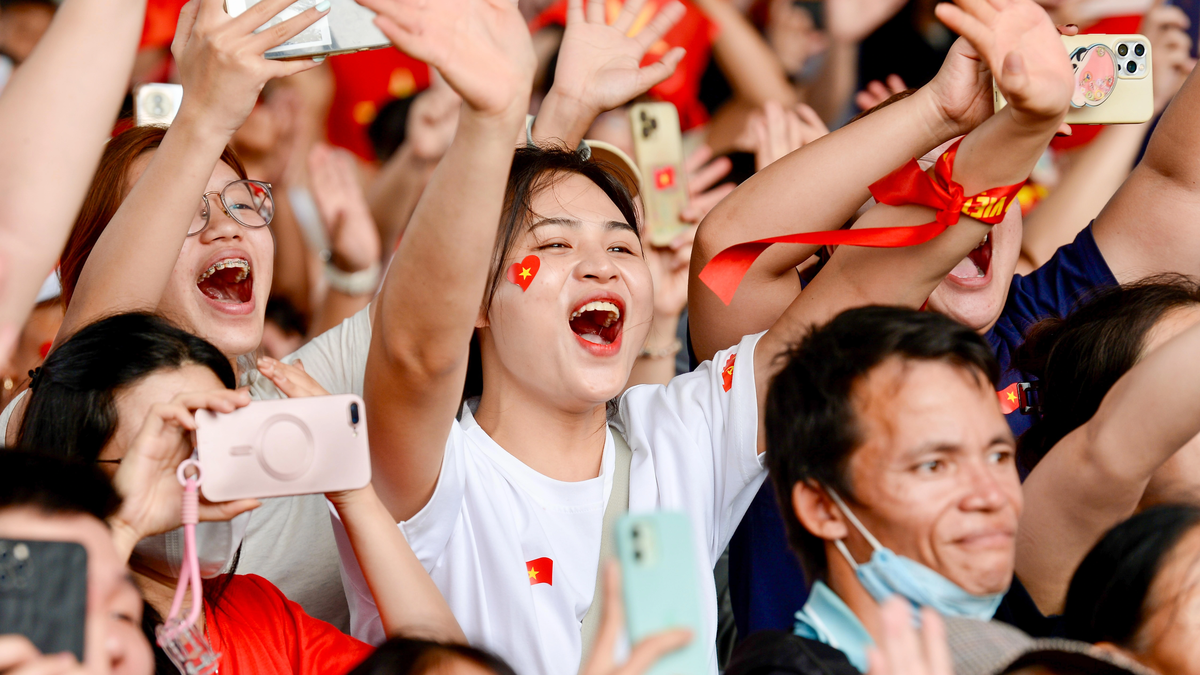

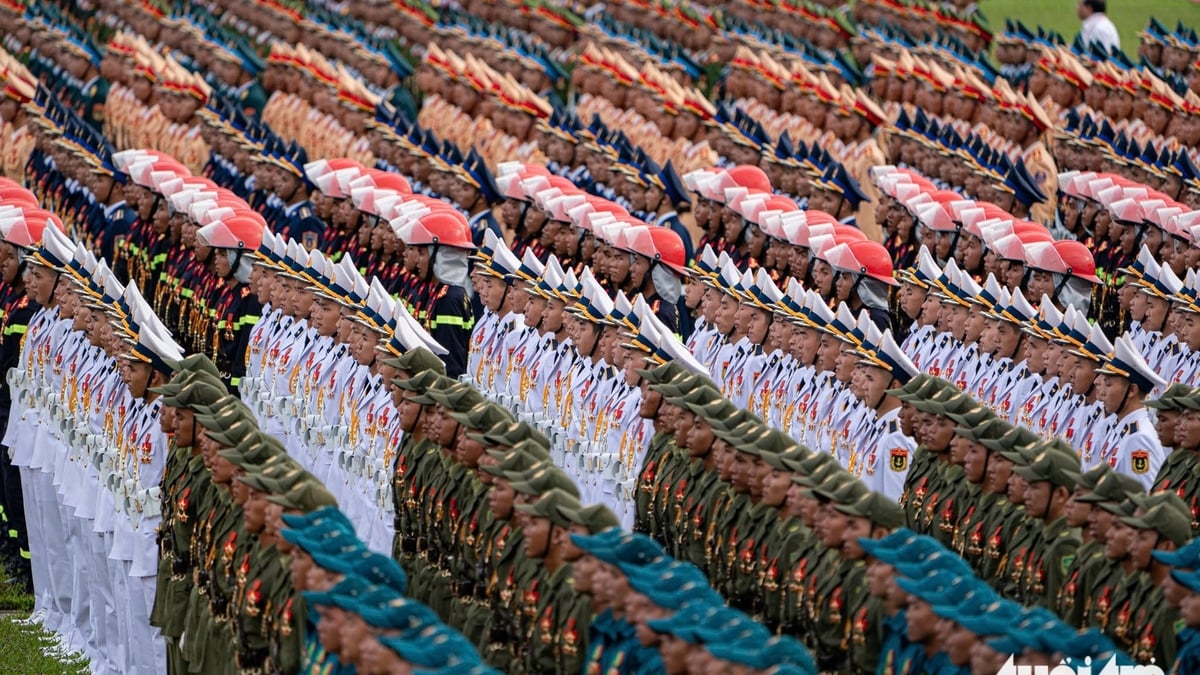
![[Photo] People eagerly lined up to receive special publications of Nhan Dan Newspaper](https://vphoto.vietnam.vn/thumb/1200x675/vietnam/resource/IMAGE/2025/8/30/53437c4c70834dacab351b96e943ec5c)
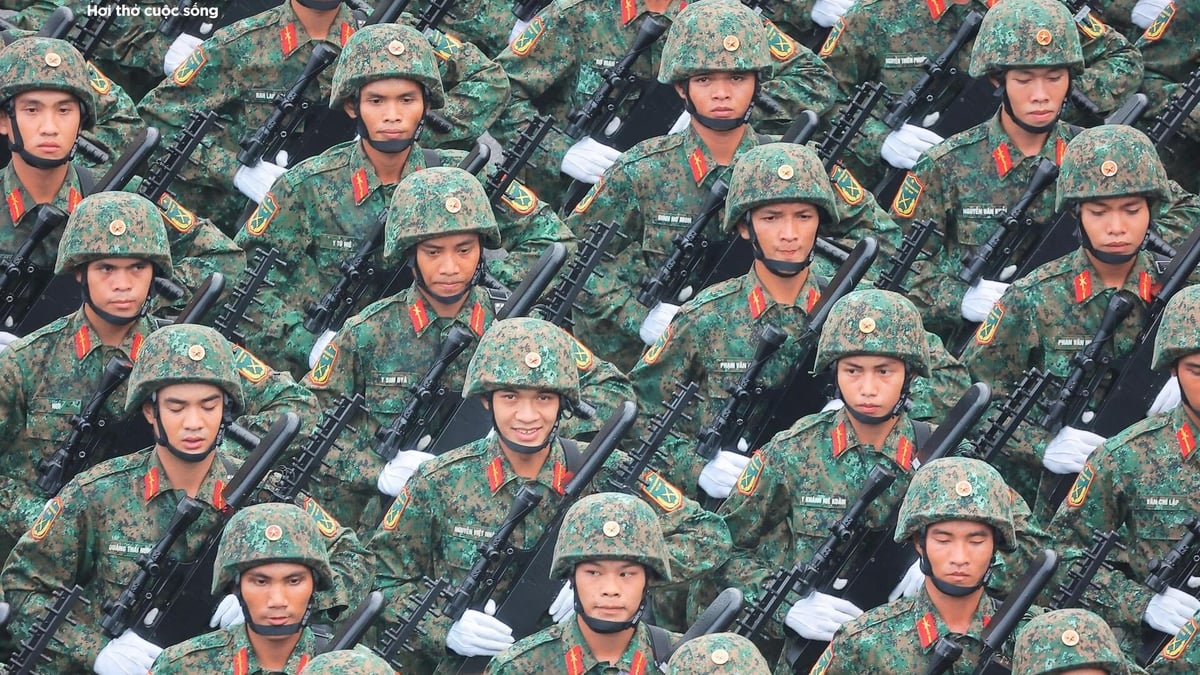
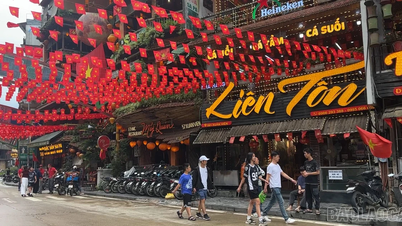




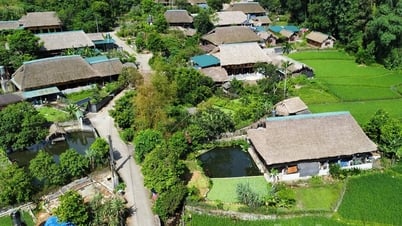


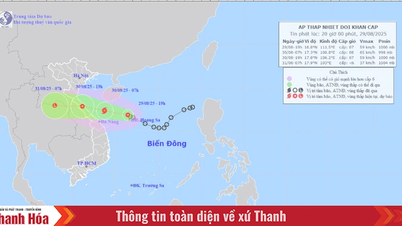



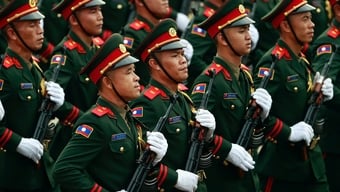

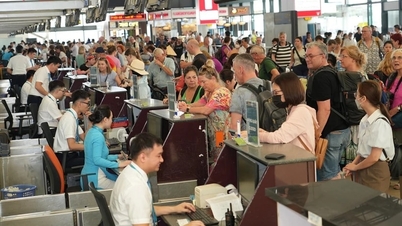
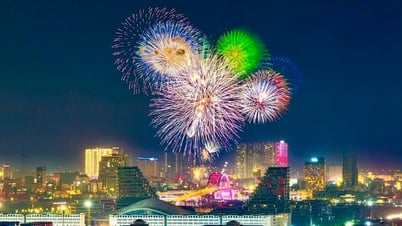
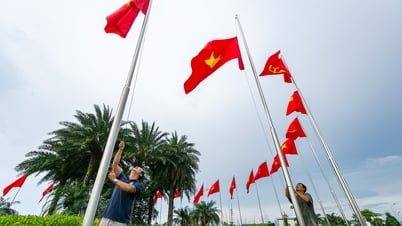
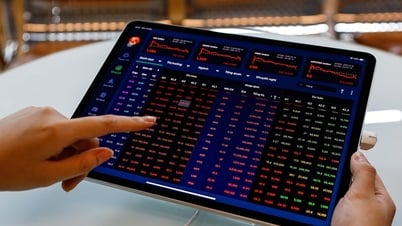
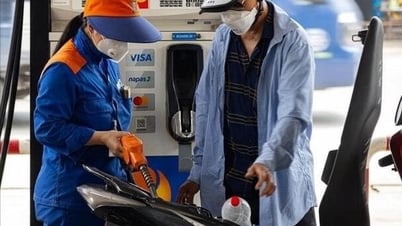
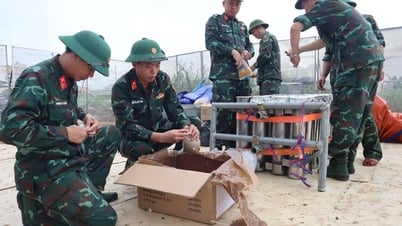
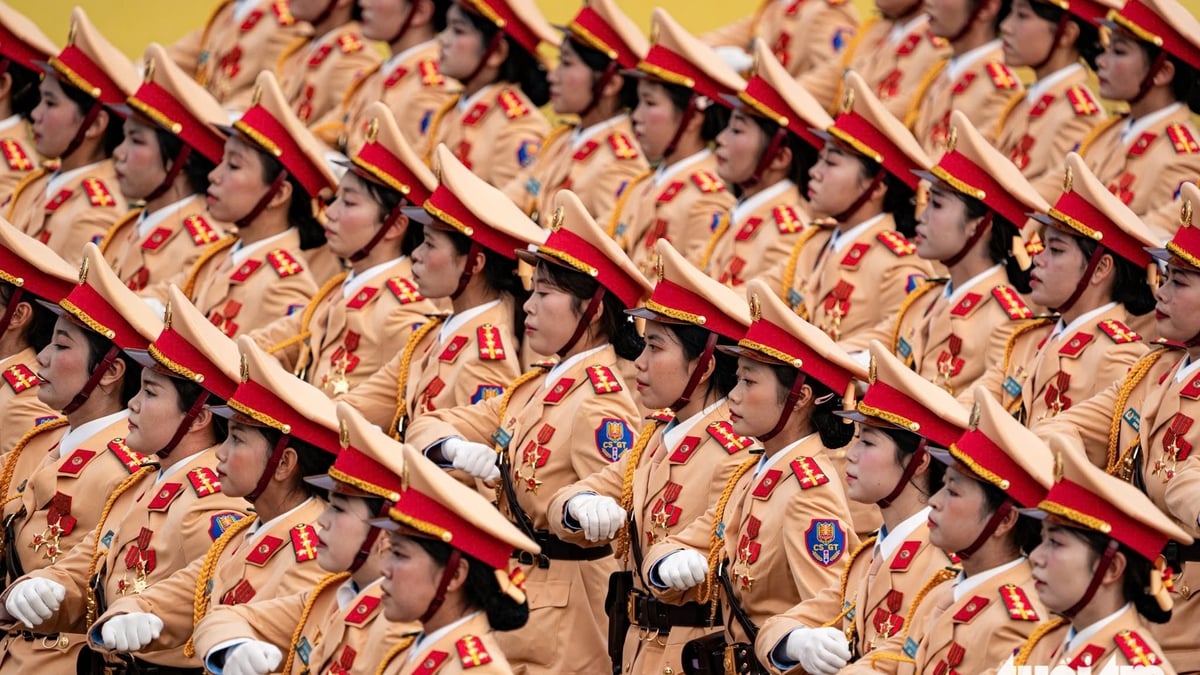
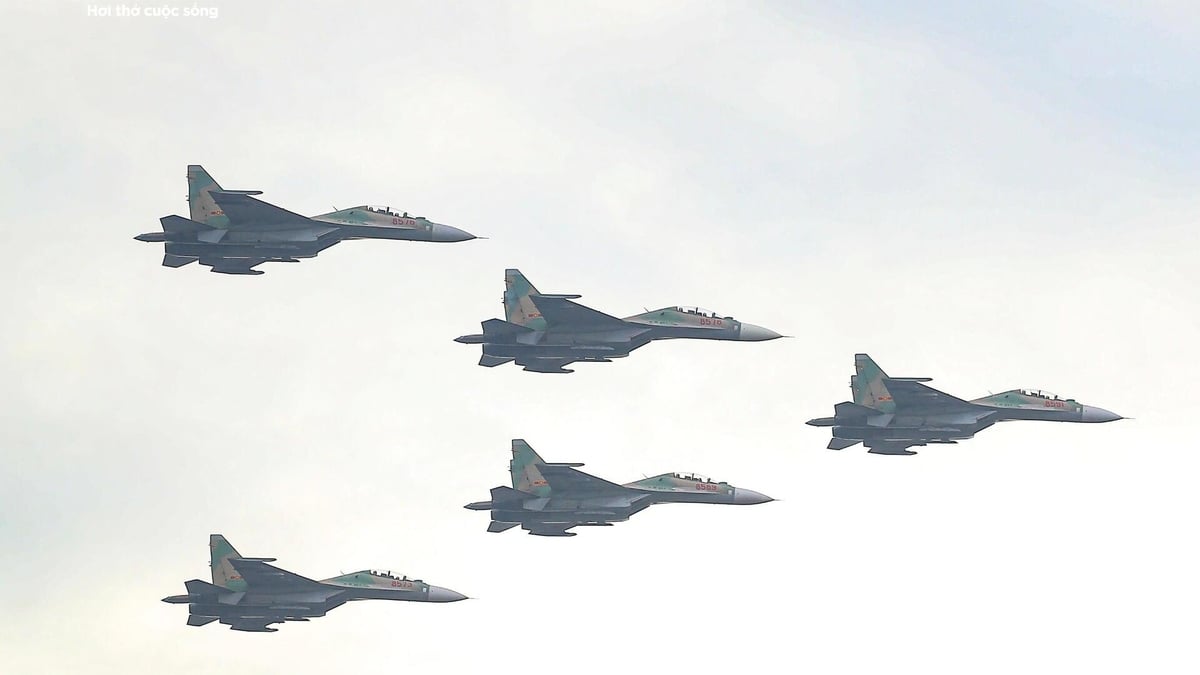


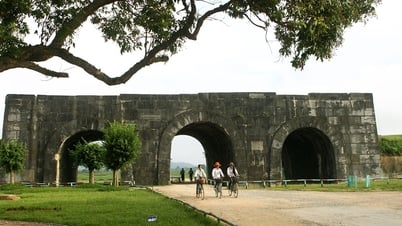

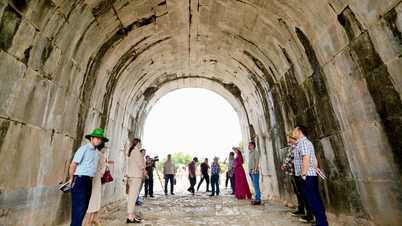

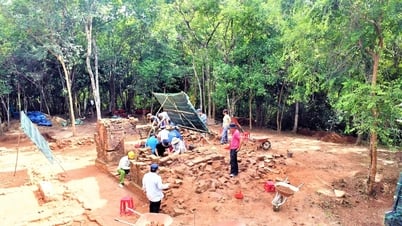

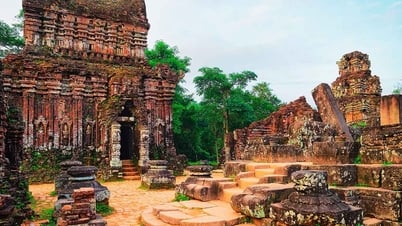

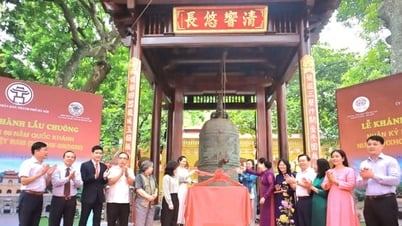

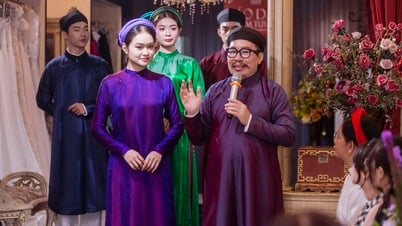




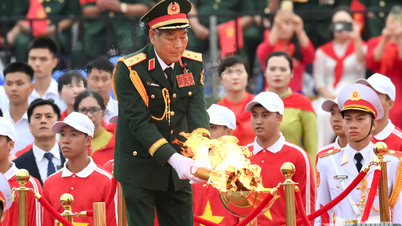

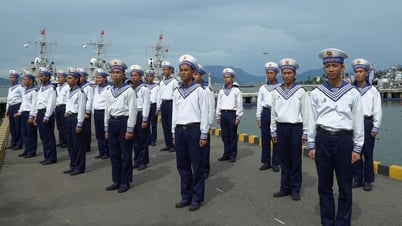

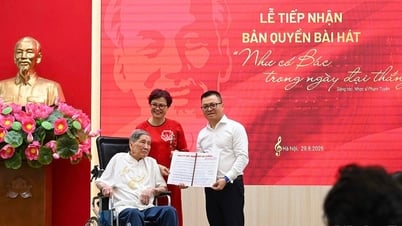
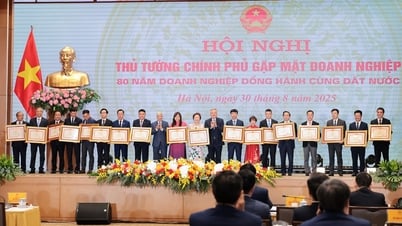







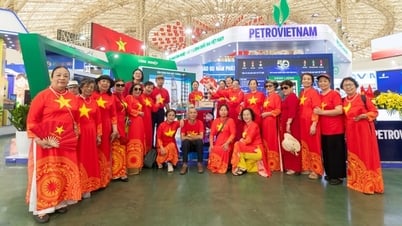
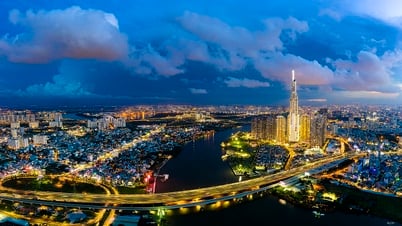


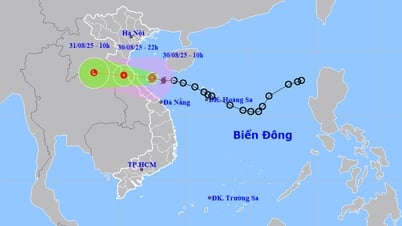

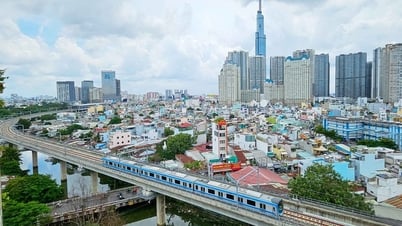
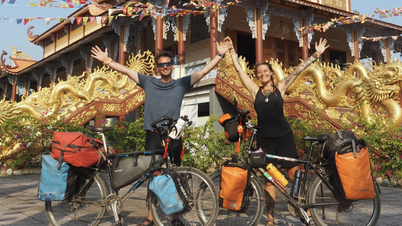
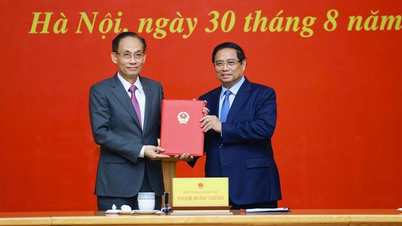


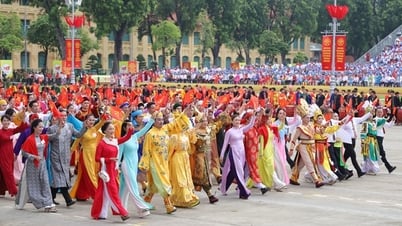



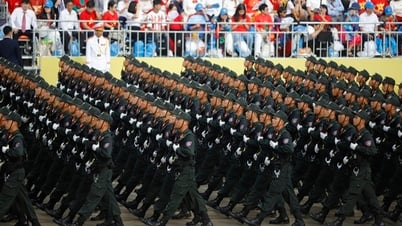


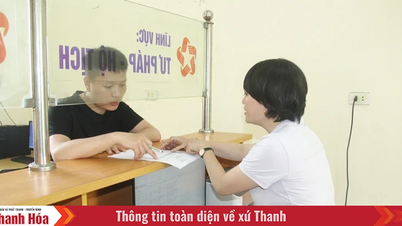
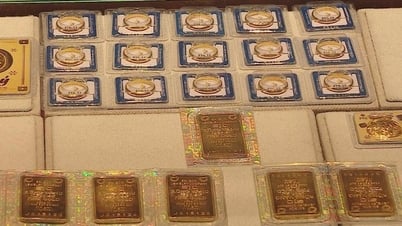



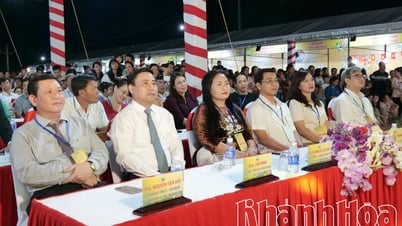





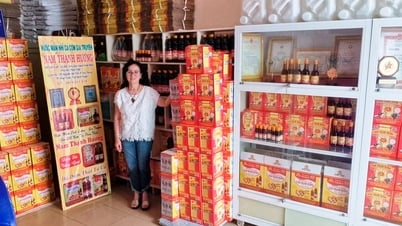




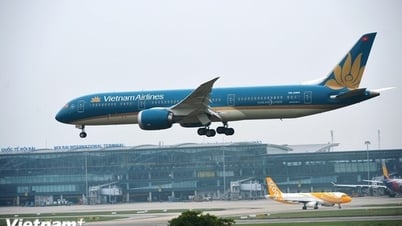


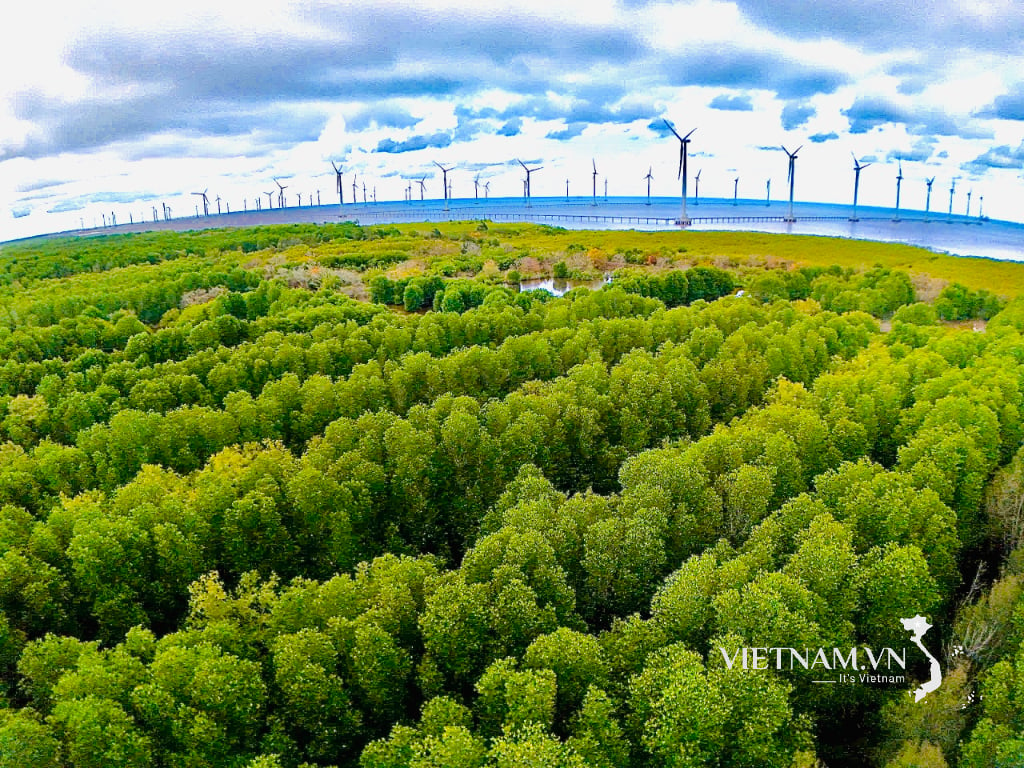
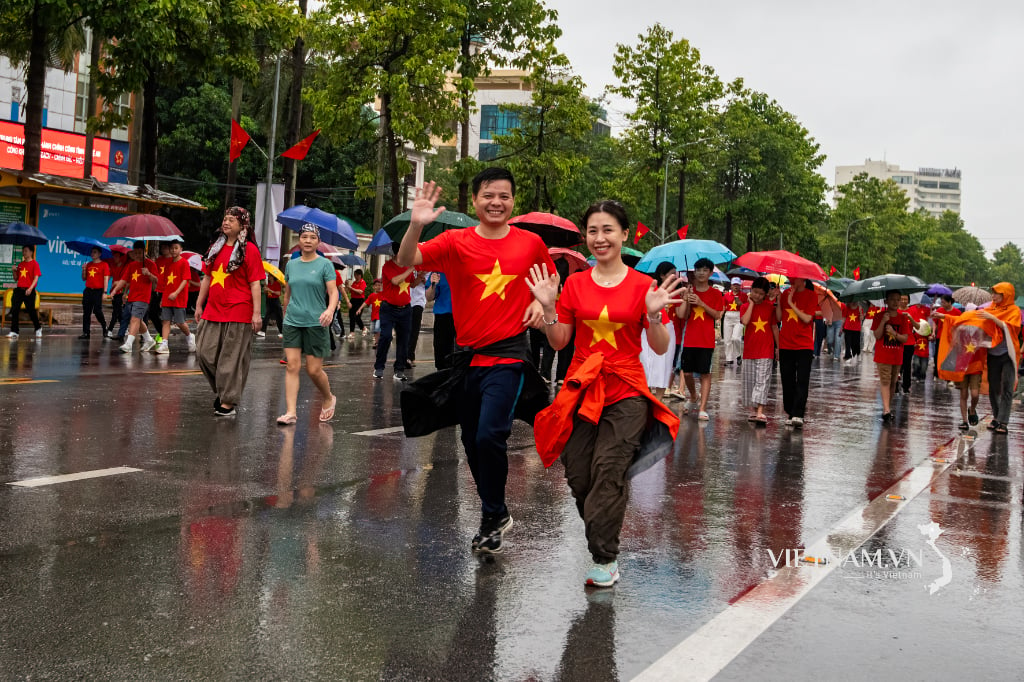
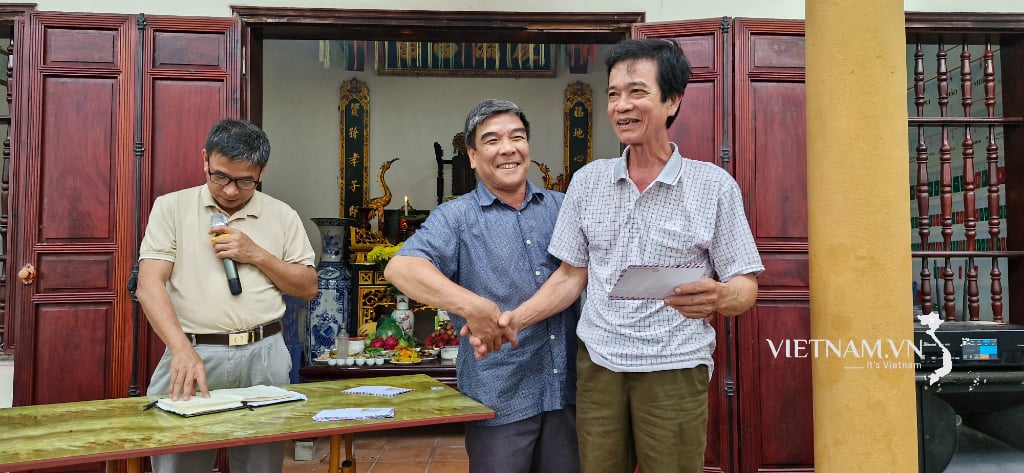
Comment (0)